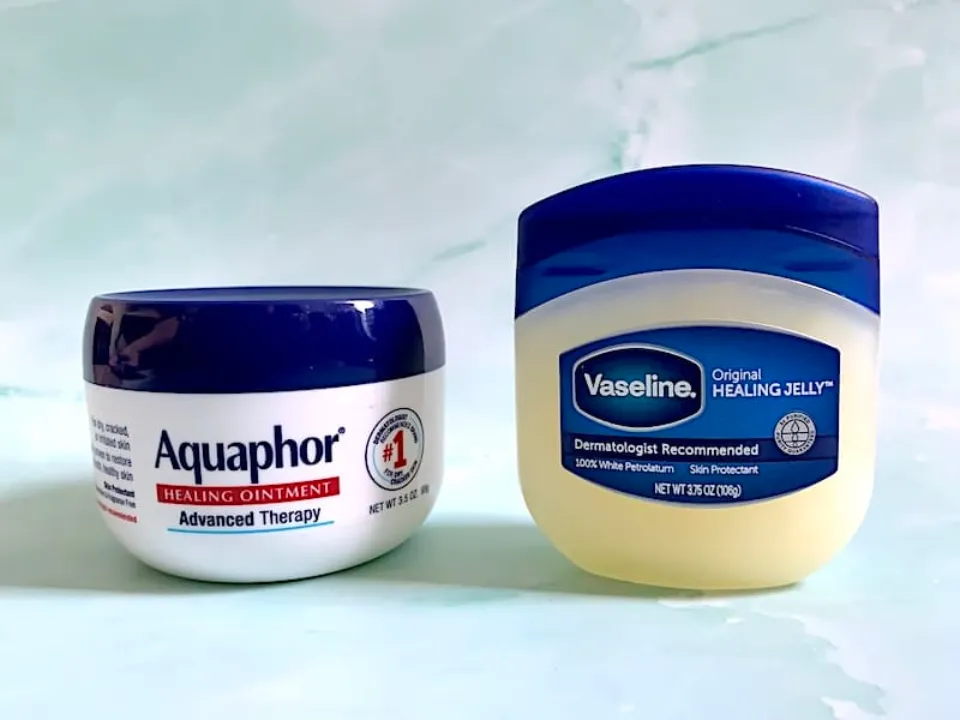
Aquaphor vs. Vaseline – Differences & Which is Better to Use?
Brands for petroleum jelly-based products include Aquaphor and Vaseline. Both companies sell a wide range of goods, from Vaseline’s body lotions to Aquaphor’s baby creams and ointments.
While Aquaphor also contains ingredients like mineral oil, ceresin, lanolin alcohol, panthenol, glycerin, and bisabolol, Vaseline is made entirely of petroleum jelly.
The Aquaphor vs. Vaseline argument will be put to rest following this in-depth analysis.
Vaseline Overview
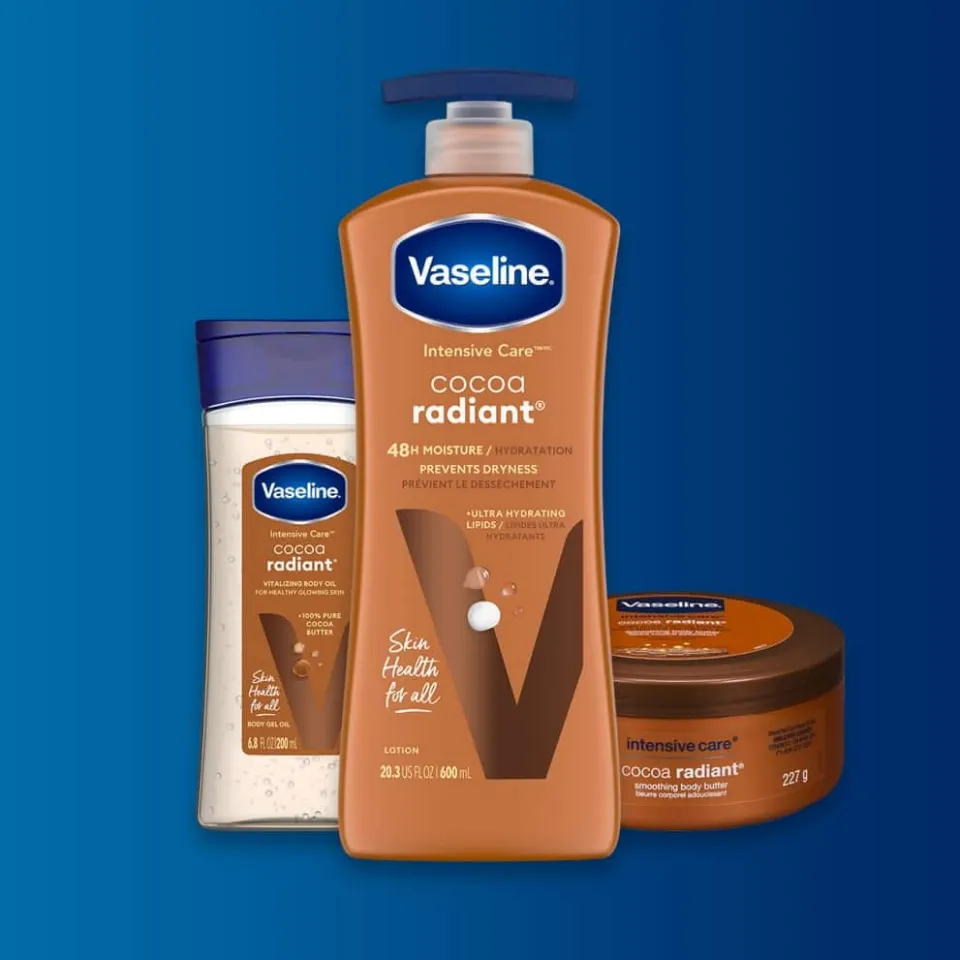
Vaseline is a brand of 100% petroleum jelly, also known as petrolatum, and is arguably the most well-known. It has properties that stop water loss in the skin.
Aquaphor Overview
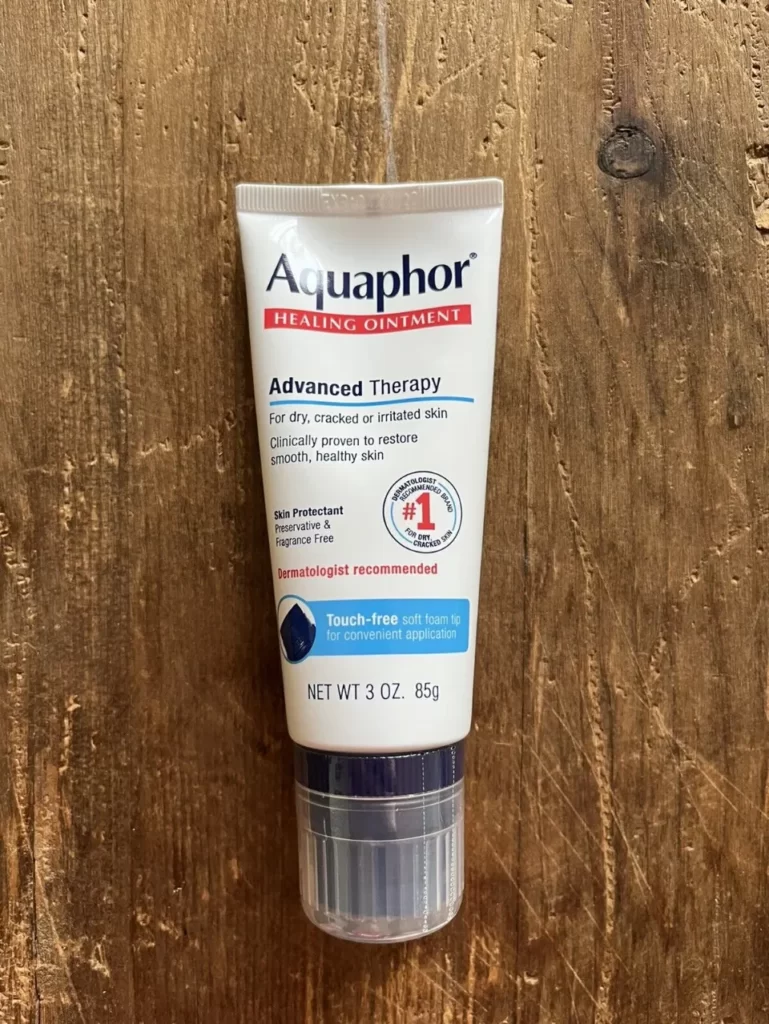
Aquaphor is an occlusive, thanks to its petrolatum content, but it also contains a host of other ingredients that make it a partial moisturizer—which is why most dermatologists say that it is the best option for dry skin.
What’s the Difference Between Aquaphor and Vaseline?
| Aquaphor Healing Ointment | Vaseline Healing Jelly Original | |
|---|---|---|
| Key Benefits | Can be used as a facial moisturizer and hydrating mask Allows flow of oxygen to boost the healing process Helps address dryness associated with wind and cold weather | Relieves discomfort from diaper rashes Protective barrier supports the healing process Helps address dryness associated with eczema Protects chafed skin |
| Ingredients | 41% petroleum Jelly with panthenol, glycerin, lanolin alcohol, ceresin, bisabolol, and mineral oil | 100% pure, triple purified petroleum jelly with mineral oil, microcrystalline wax, and paraffin |
| Texture and Consistency | Slightly thinner than Vaseline | Thicker than Aquaphor |
| Formula | Free of preservatives and fragrance | National Eczema Association Seal of Acceptance |
| Skin Type | Lanolin content might not be suitable for sensitive skin | May be too thick for oily and acne-prone skin |
Aquaphor Vs Vaseline: How Do They Compare?
Vaseline and Aquaphor function very similarly as occlusive moisturizers. The skin is well-protected and restored by these petroleum-based products.
Your particular skin concerns will determine the best option, though.
The additional ingredients found in Aquaphor may be helpful if you have extremely dry skin. It can soothe and moisturize cracked or damaged skin because the formula contains 41% petroleum jelly to make room for moisturizing ingredients.
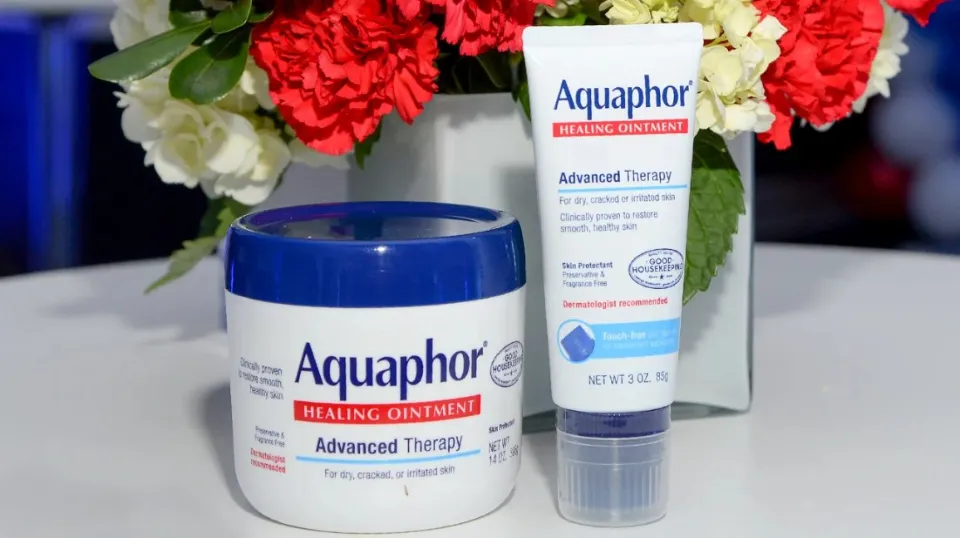
If you have sensitive skin or are allergic to lanolin, Aquaphor might not be the best option for you.
For people with sensitive skin and eczema, Vaseline might be a better option. There is less likelihood of irritation or allergic reactions because the formula is 100% pure petroleum jelly.
If you have oily or acne-prone skin, though, you might find the thick consistency too uncomfortable. Breakouts could result from improper washing off as well. It might be better to choose a moisturizer for oily skin types instead.
On the plus side, Vaseline can assist you in maximizing the advantages of your skincare regimen. Because it is a pure occlusive, it guarantees that your skin absorbs all the ingredients that are good for it rather than just evaporating into the atmosphere.
Which is Better for You: Aquaphor Or Vaseline?
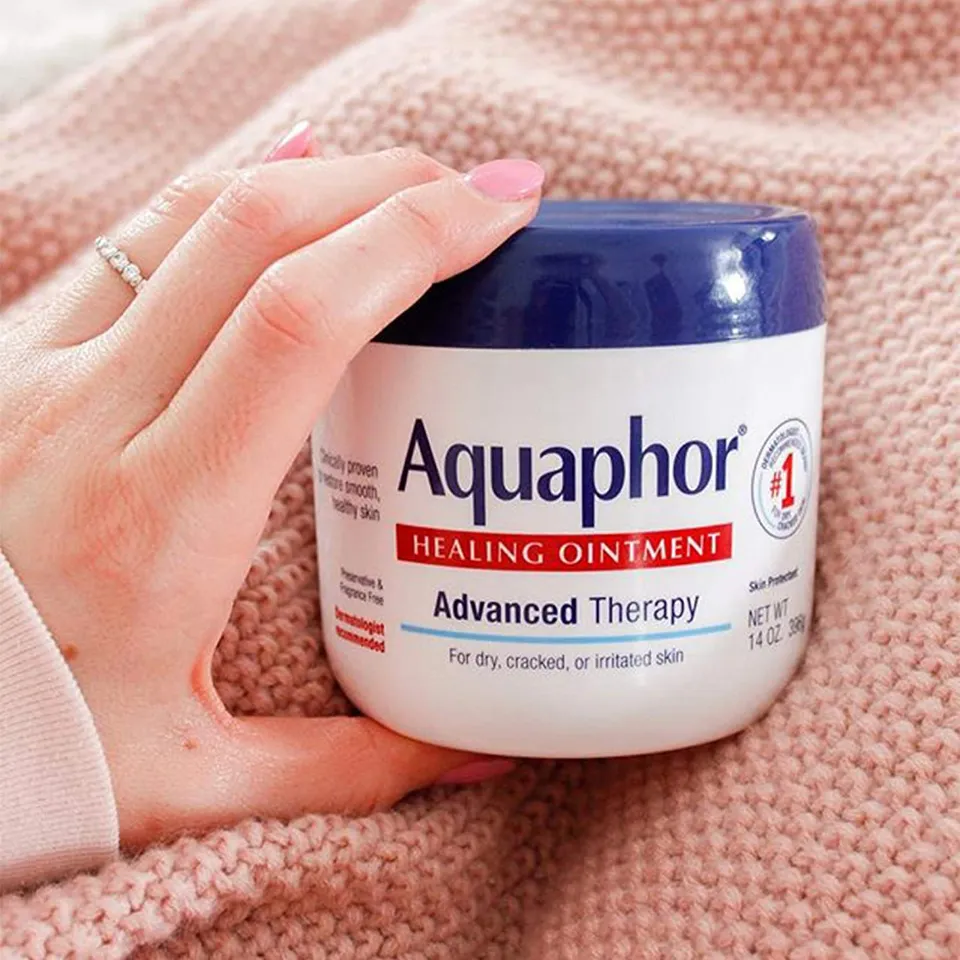
To aid in the recovery of dry, chapped skin, a wide variety of products are available on the market.
Vaseline and Aquaphor are two of the more well-liked choices. Which is therefore the best?
Glycerin, an ingredient in Aquaphor that aids in attracting and holding moisture, is an ointment.
Additionally, petroleum jelly is added, creating a barrier on the skin to stop further moisture loss. When skin is dry, cracked, and in need of a little extra hydration, Aquaphor usually works best.
Another successful remedy for dry skin is vaseline. Petroleum jelly, which is in it, creates a barrier on the skin to stop further moisture loss.
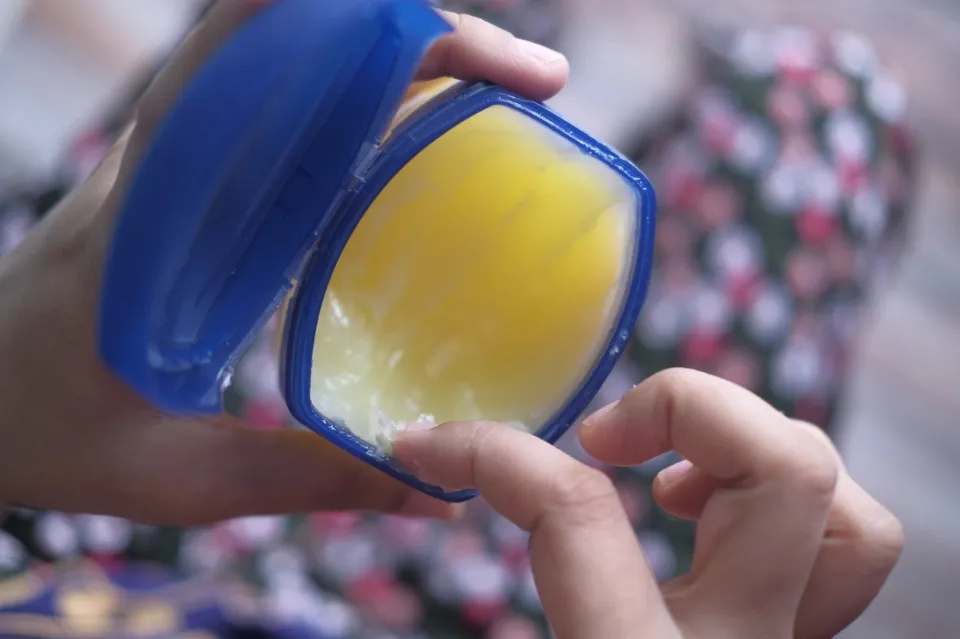
Lanolin, a component of Vaseline that helps to calm and shield the skin. For extremely dry or sensitive skin, vaseline usually works best.
What is the best product, then? Your particular needs will ultimately determine the response.
Aquaphor might be a better choice if you have dry, cracked skin. Vaseline might be a better option if you have extremely sensitive or dry skin.
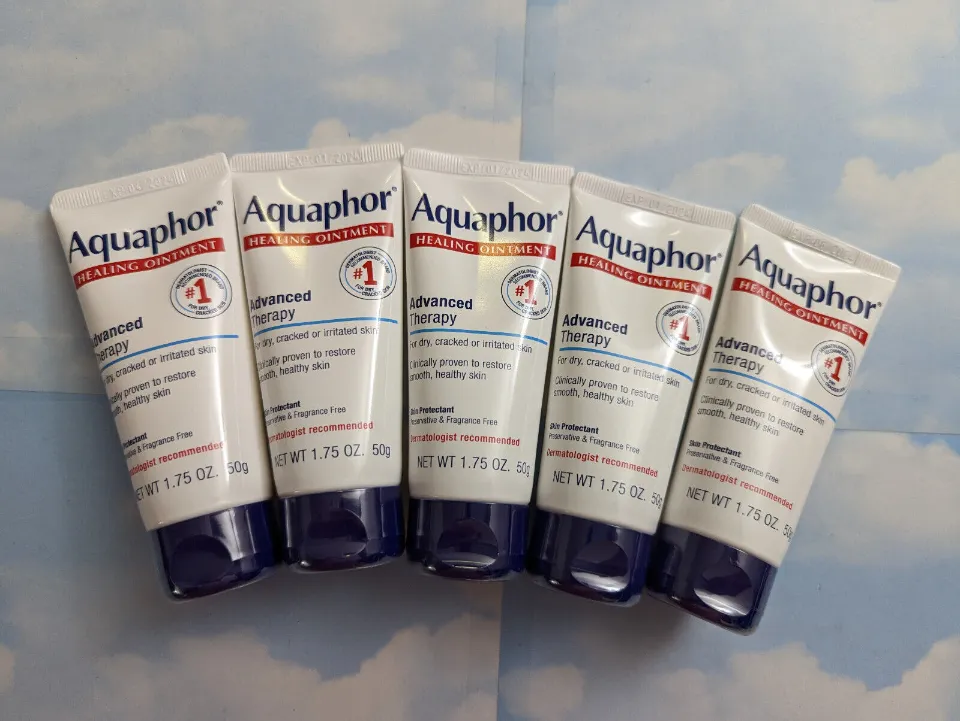
Summary – Aquaphor Vs Vaseline
Due to its many different uses, Vaseline has become a well-known brand on the market. Despite having slight chemical differences from other products of a similar nature, Aquaphor serves a variety of purposes. The main distinction between Vaseline and Aquaphor is that Vaseline only contains petroleum jelly, while Aquaphor also contains other ingredients like mineral oil, ceresin, lanolin alcohol, panthenol, glycerine, and bisabolol.
FAQs
Does Aquaphor Count as Vaseline?
A product that is entirely made of petroleum jelly, like Vaseline, is not the same as Aquaphor. Aside from the additional ingredients that moisturize the skin, Aquaphor only has 41% petroleum jelly.
Are Aquaphor and Petroleum Jelly the Same Thing?
The Aquaphor Healing Ointment has humectant properties, making it a superior moisturizer to Vaseline because it contains ingredients besides petroleum jelly, like glycerin, panthenol, and bisabolol. Additionally, it works a little bit better for lip care and is more effective at treating tattoos.
Is Aquaphor Or Vaseline Better for Slugging?
It is a traditional moisturizing ointment with a petrolatum base that is ideal for slugging and other needs involving dry or damaged skin.
Why is Aquaphor So Good?
While Aquaphor itself is not a typical moisturizer, it aids in retaining the water that is already present on the skin’s surface of the face. Further moisture from the air may be drawn in by it as well. Over any damaged, inflamed, or broken skin, this product forms a permeable protective barrier.



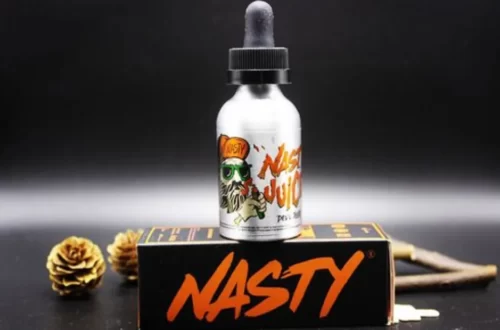

Average Rating